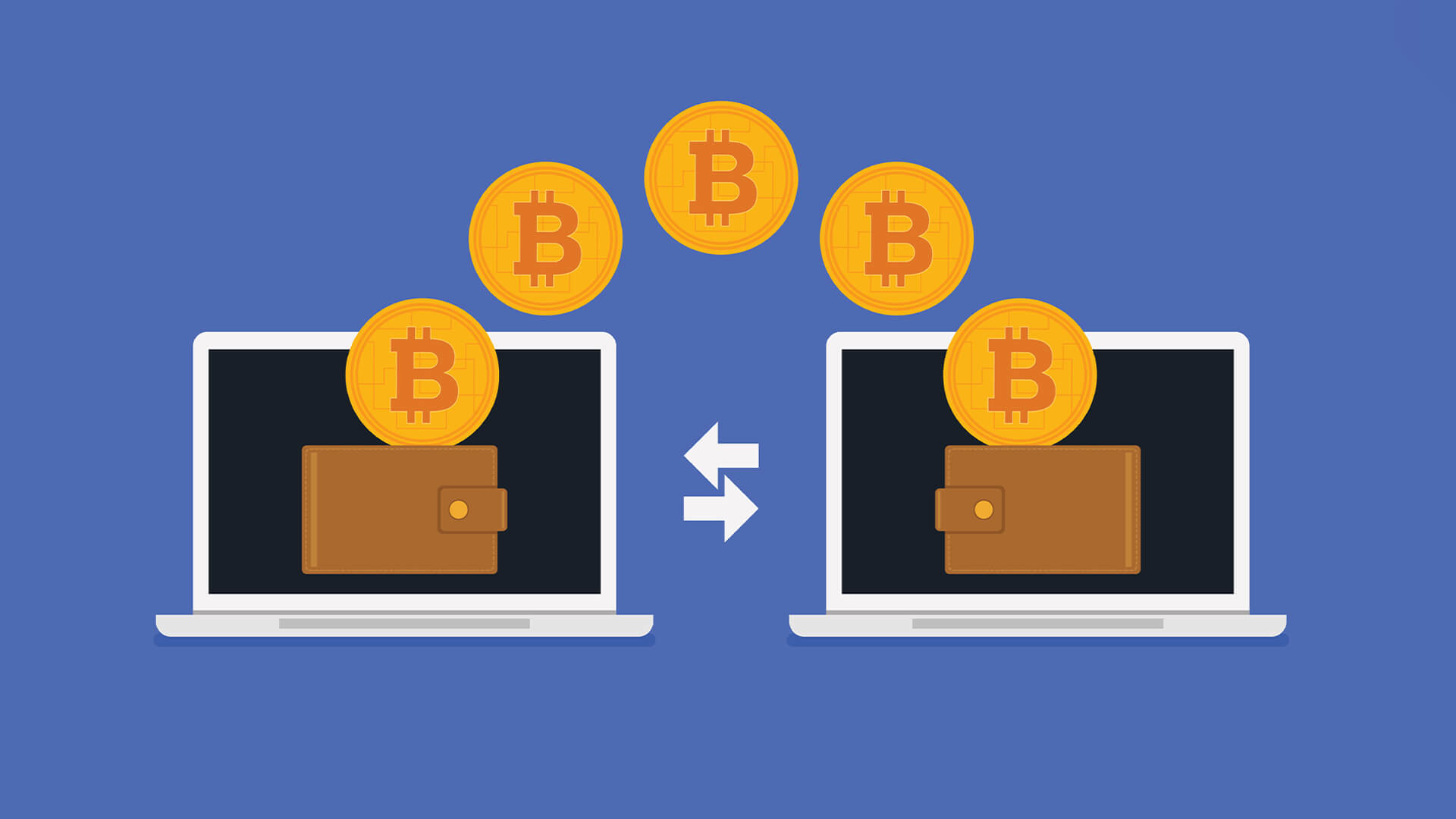
A Bitcoin transaction is publicly searchable, programmatically confirmed by miners, and immutable once embedded in a blockchain.
The Bitcoin transaction contains three pieces of essential data: the amount being transacted, the input (the addresses from which the Bitcoin is being sent), and the output (the Bitcoin address, also known as the public key). Transactions are verified by Bitcoin nodes before they are transmitted to the network. As soon as that verification is complete, the transaction sits in the “mempool,” the node’s waiting area for unconfirmed transactions.
By combining these pending transactions, miners create a “block,” which they then compete to verify by solving a computational puzzle. To put it simply, miners confirm that the transaction sender’s key can access the inputs needed to complete the transaction (in essence, that the sender owns the Bitcoin they are sending). In addition to the programmed mining subsidy, users can attach transaction fees to encourage BTC miners to verify their transactions first out of all pending transactions in the mempool.
WHAT ARE THE DIFFERENT TYPES OF Bitcoin ADDRESS?
Bitcoin addresses are also known as public keys, and are used to indicate where Bitcoins are being sent as part of Bitcoin transactions. There are 26 to 35 characters in BTC addresses, consisting of numbers and letters. Currently, there are three different Bitcoin address formats:
- P2PKH addresses begin with 1
- It begins with the number 3 and is a P2SH address
- An address that starts with “bc1” in Bech32
In Bitcoin transactions, a P2PKH, or pay-to-pubkey-hash address, is the most common type of address.
BIP 16 standardized the P2SH address which allows transactions to be sent to a script hash rather than a public key hash, adding some additional security.
Bech32 addresses are SegWit addresses introduced by BIP 0173 to increase block space efficiency. Bitcoin wallet now supports this type of address, and many Bitcoiners prefer it.
HOW TO SEND Bitcoin
To send Bitcoin, you must prove to the network that you truly own it. Due to the fact that Bitcoin does not exist physically and there are no third parties able to approve or deny transactions, this is not an easy task.
You will need both the public and private keys associated with the Bitcoin you wish to send in order to initiate a Bitcoin transaction. Similarly to email addresses, public keys, also known as Bitcoin addresses, are safe to share, and, in fact, they are required to receive transactions (although they are also needed to send Bitcoin). While private keys are like passwords, they are used to send transactions and shouldn’t be shared, because they could be used to send your Bitcoin to an unintended destination.
Your private key is used to sign a message to the Bitcoin network that describes the transaction (including the amount, input, and output).
HOW TO RECEIVE Bitcoin
A public key, or Bitcoin address, is required to receive BTC. Bitcoin addresses are generated by Bitcoin wallet, online exchanges, or Bitcoin Core. Each time a user requests a Bitcoin payment or creates an invoice, most Bitcoin software and websites will generate a new Bitcoin address.
Multiple payments of the same amount sent to the same address cannot be differentiated – if multiple payments of the same amount are sent to the same address, the payer cannot be identified. Due to the fact that transactions on the blockchain are public, malicious actors could claim to have sent you Bitcoin when it was sent by someone else.


Comments are closed.